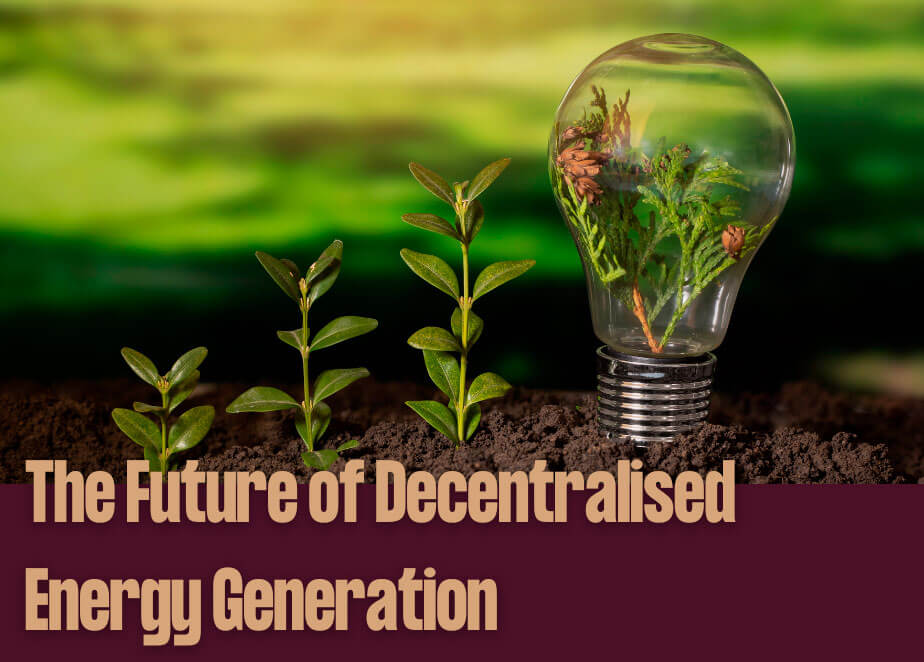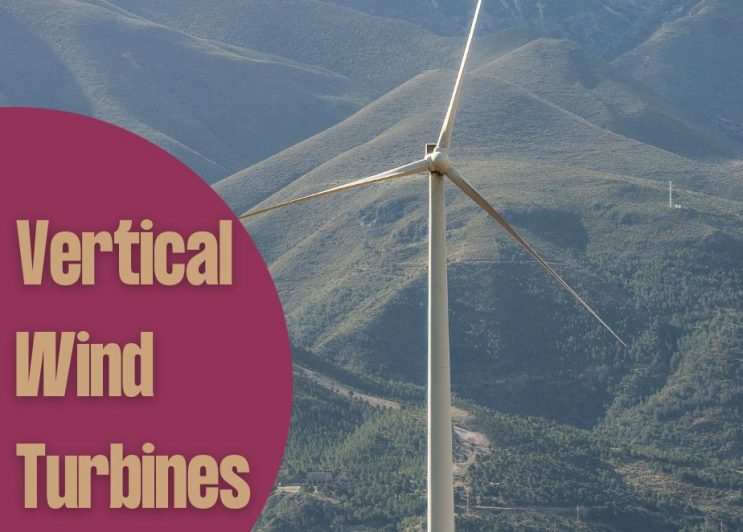The Rise of Rooftop Wind Turbines and the Future of Decentralised Energy Generation

The Growth of Wind Turbines.
The laws of physics and fluid dynamics, which include the fact that wind speeds are generally faster at higher altitudes and that doubling the wind speed increases its energy by eight times, mean that wind turbines are growing ever larger to capture that energy and increase their efficiency. But it’s an expensive business, with the largest turbines in the world now coming in at well over twelve million US dollars to manufacture and install. Those installations require extensive planning and regulatory permissions before they can proceed, and they typically require some kind of financial backing and guarantees from national governments to prevent them from becoming very costly white elephants further down the line.
For all those reasons, wind generation today remains almost exclusively the responsibility of the larger, centralised state or national power producers and grids.
Turbines on a Roof
Despite those barriers, there is a growing number of innovators pursuing the goal of harnessing the power of the wind at a micro-generation level by making use of already existing buildings to provide the height needed to harvest a productive level of airflow.
As the interest in renewable energy continues to grow, these visionaries are exploring novel ways to integrate wind turbines into architectural designs, making them more accessible and appealing to property owners and developers. By doing so, they are paving the way for a more sustainable and decentralised energy future, where buildings can contribute to their own power needs and reduce their reliance on traditional, centralised power grids.
American Innovation
One of the most promising among them is a radically different design from an American company called Aeromine. It is a 3-meter-tall construction that comprises a set of aerofoils that look like they have been removed from a Formula One racing car and mounted onto a large box containing a small rotor generator. Designed to be installed right at the edge of flat roofs on tall commercial buildings, the Aeromine system makes use of the fact that air travels quickly up a side wall, and even more rapidly as it reaches the top of the wall and turns from vertical to horizontal to flow over the roof. The aerofoils of the Aeromine design act to further accelerate the airflow which is drawn in through an opening in the box at the base and across the generator, causing it to rotate and produce an electrical current.
The fact that Aeromine units are installed along the edge of a roof means that the rest of the roof is still available for the installation of solar PV panels. So, a building operator can potentially use two completely complementary technologies to achieve much more consistent electricity generation over a longer period of each day. As solar energy starts to fade during the afternoon, the Aeromine system can continue to provide power well into the evening. And if the rooftop installations are partnered up with a battery energy storage system in the building’s plant room, then there’s the potential to operate almost entirely independently of grid power.
The original focus for Aeromine’s technology was the millions of large industrial buildings with flat rooftops that scatter the landscapes of the United States and most other countries around the world. But the company has also had interest from multi-family developers and owners who are really prioritising on-site power generation as part of the green transition.
Aeromine says that, once full-scale production levels are achieved, their design will be cheaper than solar panels, producing fifty percent more energy for the same cost.
European Competition
Meanwhile, over in the Netherlands, another company, Ibis Power , has approached the challenge of rooftop power generation from a slightly different angle. They have developed a comprehensive full rooftop system called Powernest, designed to fit seamlessly and unobtrusively into city landscapes.
Heavily built-up urban environments typically have lower wind speeds and a lot of turbulence. As they come into contact with tall buildings, street-level air flows are forced upwards. When those air flows reach rooftops they try to come into balance with the high-level prevailing wind at what’s known as the shear line. The result is generally a big mess of turbulent wind flow directly above the roof.
The 5-meter tall framework of each Powernest unit has very carefully designed louvers at three different heights, each of which is shaped to direct the wind towards low-pressure zones that accelerate the airflow across the roof of the building, effectively sucking air towards the exit side.
Inside each open, louvered Powernest frame is a turbine driving an electrical generator with a maximum capacity of 3kW.
As with the Aeromine system, the Powernest frames are mounted on the roof edge, allowing space for solar photovoltaic panels elsewhere on the roof surface. The difference in the Powernest configuration is that those solar panels are raised 4.8 meters above the roof so that the accelerated airflow caused by the Powernest aerofoils can flow beneath the panels to keep them cool. Ironically, solar photovoltaic panels don’t work well when they get hot. By drawing excess heat away from the underside, the Powernest structure squeezes between 10 and 15% more power out of each panel. Which is a significant improvement.
The next piece of smart thinking is to use bifacial solar panels and to make all the internal cladding of the entire installation white. That one simple measure maximises light reflections onto the bottom surface of each solar panel, resulting in another 20 to 30% efficiency in solar power generation.
According to Ibis Power, when all those innovations are combined together, the resultant system achieves double the power generation of an equivalent PV installation mounted on a similar raised structure and between 6 and 10 times more than a system of panels mounted directly to the roof surface.
The Future of Rooftop Wind Power
As we move towards global net zero targets, there is a rapidly emerging movement of people who are determined to have more control over their own energy future, accelerating the transition to an electrified world in their own homes, businesses, and communities. They now even have their own category definition. They are known as ‘prosumers’ – a portmanteau of ‘producer’ and ‘consumer’. In other words, citizens and businesses choose to install photovoltaic systems or mini-wind power systems to produce electricity for their own needs, feeding the excess power they generate into the distribution grid for it to be available to other users.
Increasingly, those prosumers are combining together in energy communities, either as a group of domestic homeowners, or as businesses and public administrations that can share the cost of installing renewable energy systems and all of whom benefit from the savings, income, and energy independence that distributed grid systems now offer. According to Bloomberg NEF, the share of energy fed directly into distribution networks in Europe is set to jump from 27% today to 50% by 2034.
Systems like Aeromine and Powernest, in combination with a profound digital transformation of our electricity grids, will be key to enabling societies to move beyond the centralized, fossil-fuel-dominated grid model that we’ve been so accustomed to.
Strathsquare is a seed stage project initiator that provides required resources to entrepreneurs and innovators. We are driven by a sense of urgency to transition away from unsustainable technologies and processes, we believe that what we do should have a genuinely positive impact on society and our environment.
If you have an innovative idea
We are committed to supporting innovators who have the potential to make businesses more sustainable and for all.


